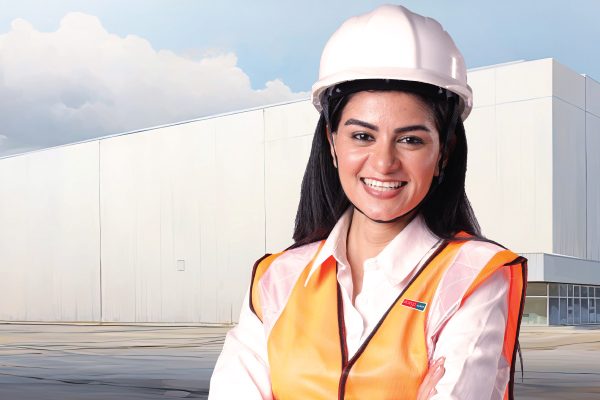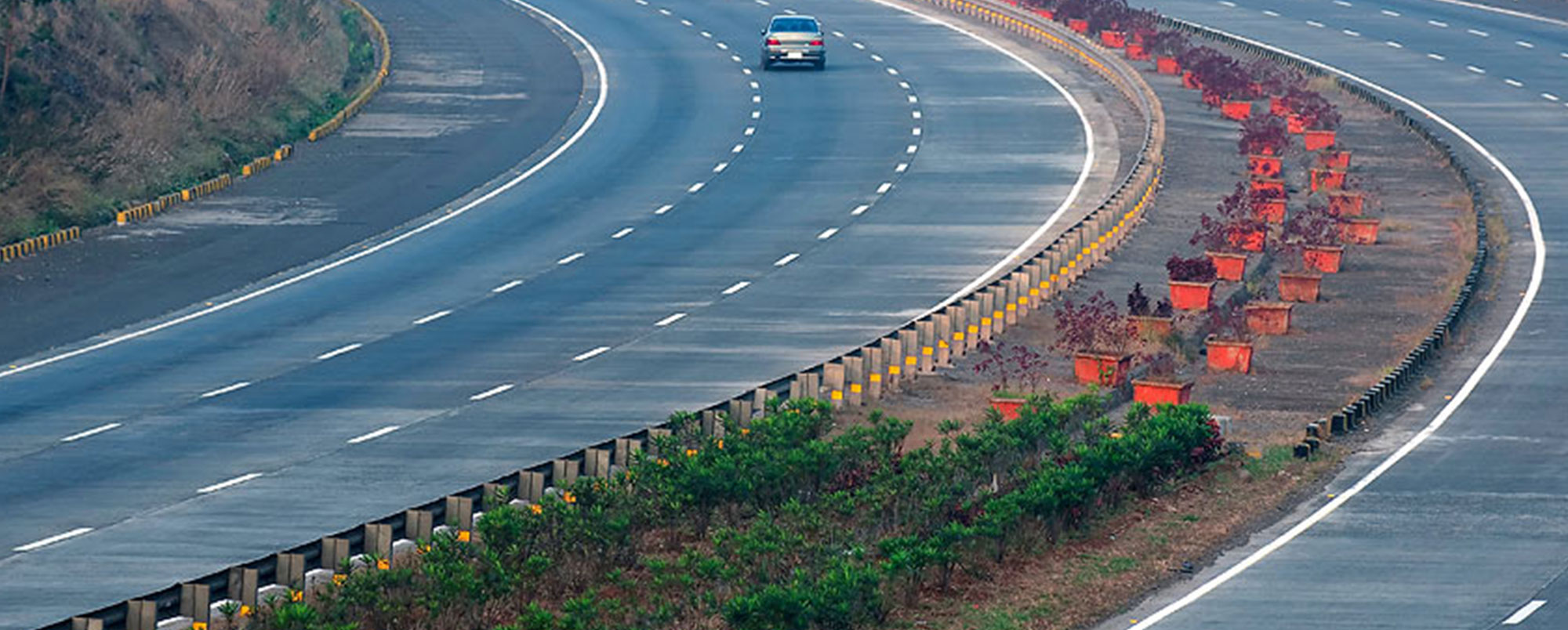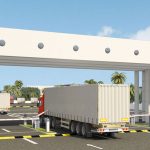17,000km of new roads, 700 highway projects due for completion in a year Record pace of road projects a big boost for India’s logistics sector The Ministry of Road Transport & Highways has set a scorching pace to give a boost to India’s logistics sector
A road revolution is underway in India. The Ministry of Road Transport & Highways is implementing road projects at a record pace and drawing the blueprint to sustain the momentum of the development in the years to come. More than 17,000km of new roads have been awarded to road builders — and over 50% of them have already been constructed. With another 700 highway projects due to be completed in the next one year, the road revolution will go a long way in facilitating smooth movement of cargo across the country and give a big boost to the country’s logistics industry.
Need of the hour
The high cost of logistics in India — 14.4% of the GDP — has come into sharp focus as one of the key factors affecting the country’s cost competency. Inefficient logistics account for about 2% of the country’s GDP and with road transport accounting for nearly 65% of total freight movement in the country. Improving the road infrastructure will have a direct bearing on the country’s cost competency — and economic growth. Giving a boost to the road infrastructure will go a long way in improving trade efficiencies within the country, create millions of new jobs, boost exports and contribute significantly to the country’s GDP.
The Indian Government has embarked on a massive expansion programme for roads and highways which promises to give the logistics sector in India a big face-lift.
Construction is in full swing with the Government eyeing completion of a record 45km of roads per day.
Transport infrastructure is a critical component of industrial growth and if India has to become the third largest economy by 2028, it needs to invest in its road infrastructure and the concerted efforts by the Government to develop the road network — and the quality of roads — at a rapid pace is a step in the right direction. Even though India — with 5.5 million km length — has the second largest road network in the world, much needs to be done in terms of expanding the lanes and improving the feeder routes for smoother movement of cargo.
Road to progress
While fast-track development of road infrastructure has been the priority for successive governments, the work has been executed at record pace in the past four years. Upping the ante, the Ministry has now fixed a target to award 20,000km of national highways in the next one year — nearly 25% more than last year’s 17,055km. The construction target for highways has also been raised to 16,420km from 9,829km, eyeing completion of 45km per day as against the achieved target of 27km per day during 2017-18 — reflecting the Government’s efforts to go all out to improve and strengthen the country’s highways network. The high targets come as the road ministry has been witnessing good growth and the construction of highways has more than doubled in the last four years. According to estimates, funds to the tune of Rs1 trillion will be deployed for road construction this year alone.
The results are already there to be seen. Take for instance, the just-inaugurated Eastern Peripheral Expressway in NCR, that has diverted more than 50,000 trucks from entering Delhi, not only cutting the pollution levels but also saving precious fuel and time for the cargo-carriers. Or the Sagarmala initiative by the Ministry to improve port infrastructure and connectivity, under which 492 projects are under varying stages of implementation and as many as 88 of them are expected to be completed at a cost of Rs31,000 crore in this fiscal itself. On the anvil is the Bharatmala Pariyojana, tipped to be the ‘biggest infrastructure project undertaken in the country’, under which over 55,000km of new roads will be built to boost connectivity across the country at a cost outlay of Rs.6.9 lakh crore. The road revolution will result in a massive upgrade of the feeder road and freight corridors, improving connectivity between industrial and consumption centres, giving a much-needed boost to the logistics sector in a post-GST One-India market.
An integrated approach
While expanding and improving the road network constitutes the backbone of the transportation story, the simultaneous deployment of technology and digital initiatives for road transport is giving further boost to the country’s logistics sector. Transit times at toll plazas and octroi points have already come down, thanks to the e-toll facility that allows vehicles to pass through without any wait or delay. The introduction of a seamless, transparent digital platform for cargo movement is facilitating easier movement of goods and vehicles across the country. Besides creating a level playing field, focused fiscal incentives to encourage investments in specific areas will allow the private sector to contribute, consolidate and expand. Thanks to the government’s commitment to road reforms, the focused approach is sure to yield big demographic as well as economic dividends, ensuring the growth of India’s logistics sector, and in effect, the nation’s GDP.














